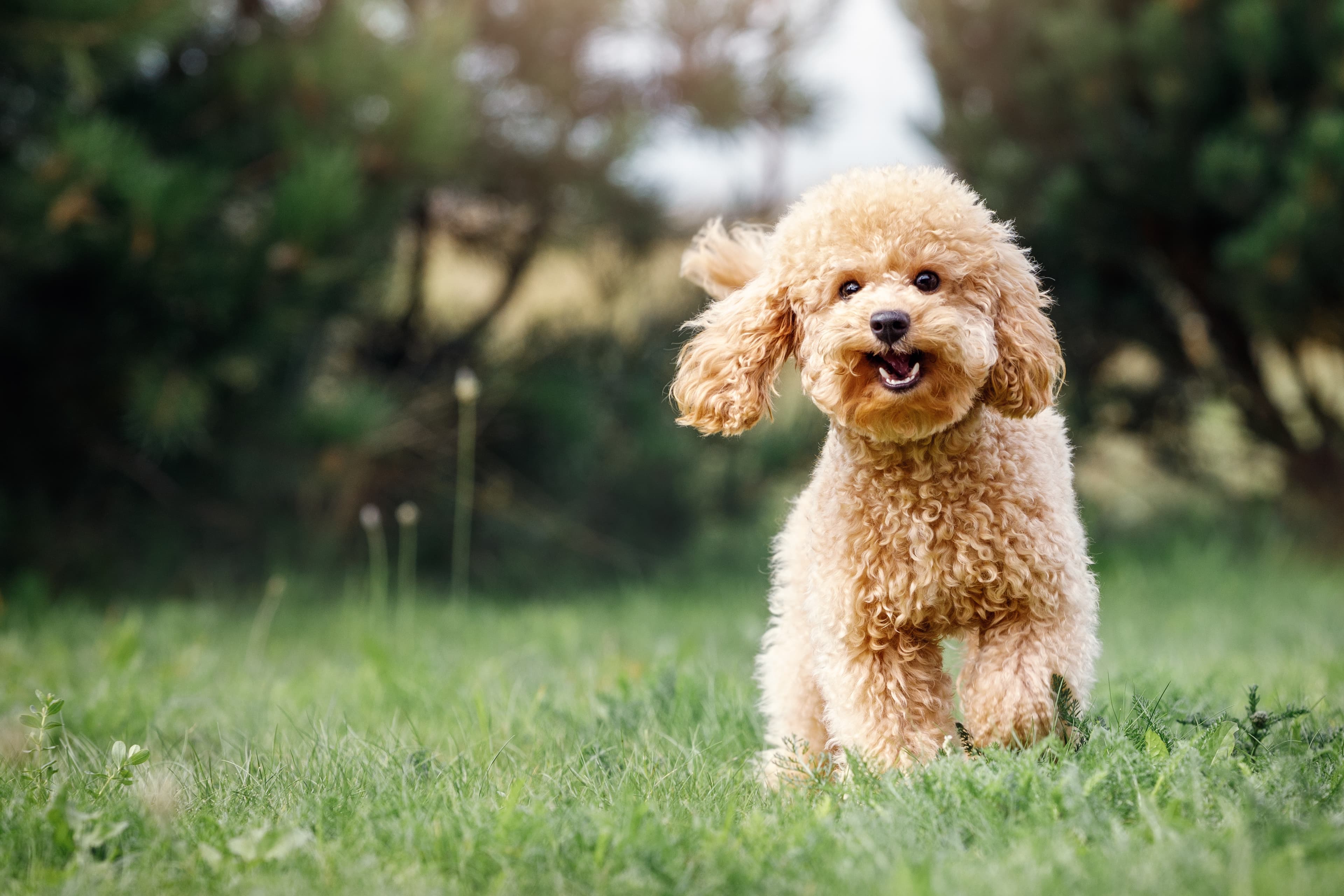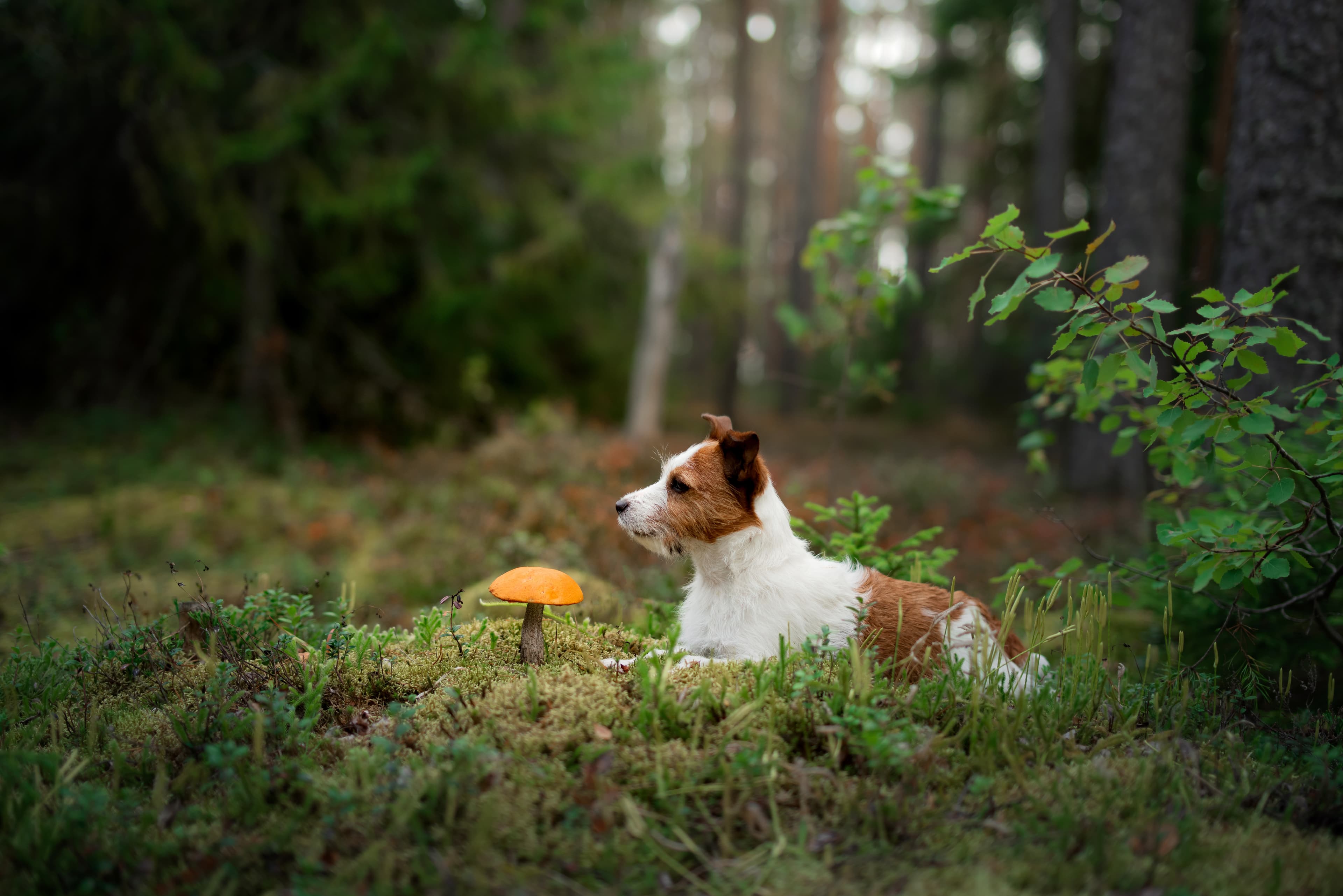How to get a dog that makes spontaneous contact
Anyone who has been to a puppy or basic course will have trained their dog in eye contact. We simply teach the dog that it pays to make eye contact with us. But often this is only trained on specific occasions and we often forget to maintain this behaviour for the rest of the dog's life. So here we will go a little deeper into what eye contact really means and how we can maintain a strong behaviour throughout life and in different situations.
What is spontaneous contact?
When we suggest spontaneous contact, it means that we do not talk to the dog or give it any signal whatsoever to make contact with us, but wait until the dog offers the behaviour itself. You can either set up a scenario where you practice eye contact outside on your walks on a leash or indoors. Then wait for your dog to seek you out and then give a treat as a reward. Your dog will learn pretty quickly that it pays to make eye contact and then you will see the behaviour increase in frequency.
When can I use eye contact?
You can actually reward eye contact as often as you like. The behaviour will become stronger the more times your dog is rewarded for it. You can think of it as a reward history and the more times your dog is rewarded, the stronger the association between eye contact and treats will be.
Initially, it may be helpful to practice eye contact in a limited area, either when your dog is on a leash outside in different environments or indoors. You can then extend this by either having your dog on a long leash out for a walk or loose. Then you can reward the dog for looking in your direction and then increase your criteria for the dog to come all the way in to you to get his treat.
Best way to get a dog to stay close
When you are out in the woods and your dog is loose, this is the absolute best way to get a dog to come and check on you when you are out walking. Loose walks in the woods are the absolute best way to give your dog the opportunity to "just be a dog" and it will increase your dog's well-being. If you implement this on your walks, you will simply have a dog that seeks you out often. The important thing to remember is to always reward when your dog makes contact, throughout the dog's life. Make it a habit to always carry small treats in your pocket when you go for a walk.
Tips from the dog trainer at Lassie
To boost your housebreaking and separate it from spontaneous eye contact, you can carry two different types of treats that have different value to your dog. I bring my dogs' food that they get when they give me spontaneous contact on our walks and some tasty sausage or meatball for when I have to call them in. That way, your call-in will increase in value with the dog and you will have a dog that will both give you eye contact during your walks but also come directly to your call-in.






